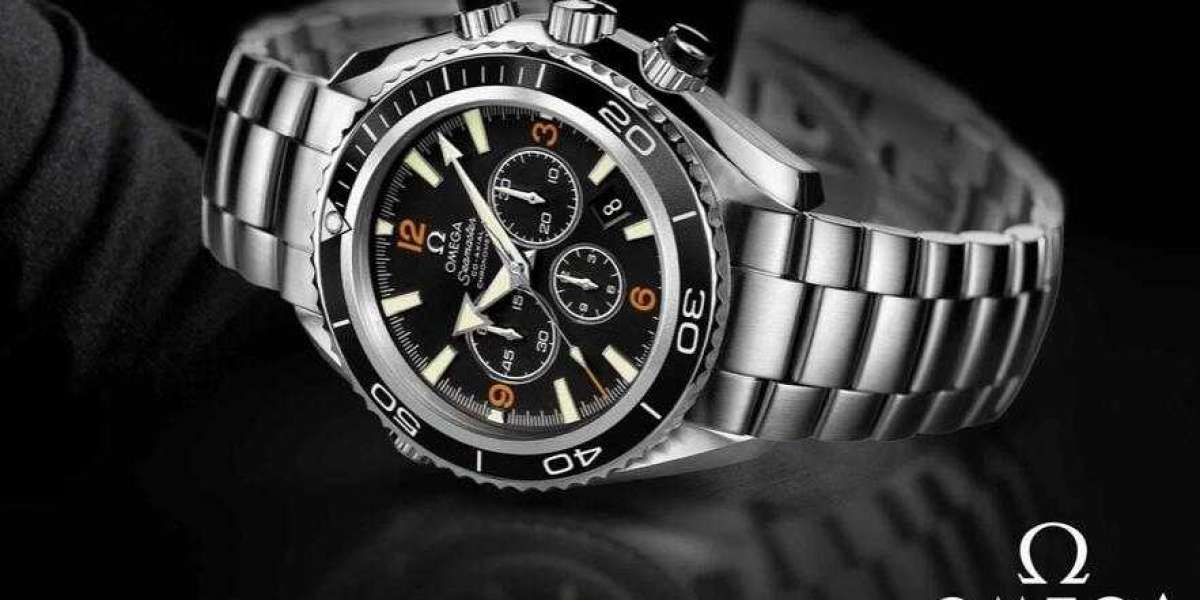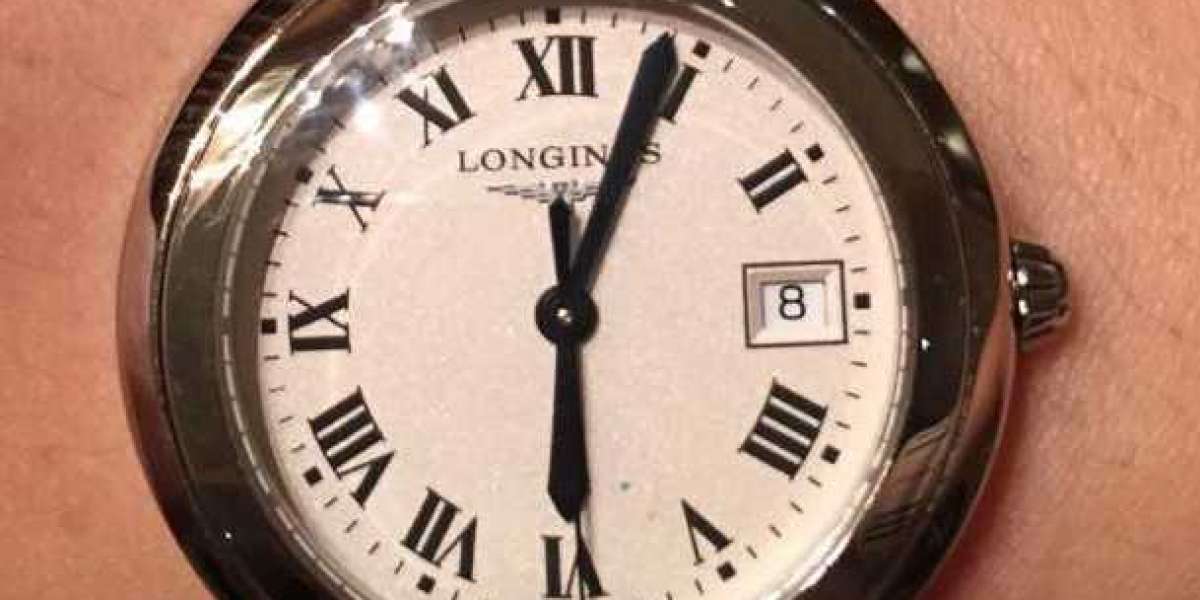Vibration measuring instruments are widely relied upon in the manufacturing industry. These instruments are ideal for machine conditioning, product testing, and quality assurance purposes. Just as a quick reminder, it is a handheld device used for the individual assessment of vibrations on machines and systems.
With vibration measuring instruments, it is easy to determine the actual state of an item on the site before you directly make the needed changes. Of course, this depends on the measurement of the vibration meter. These instruments include the displacement sensors, velocity sensors, and accelerometers, to mention a few.
Considering vibration measuring instruments come in different categories, you must learn to exercise caution with your purchase decision. Having said that, this blog post takes you through the important factors to consider the next time you want to purchase vibration measuring instruments.
This is by far the most important factor worth considering before purchasing vibration measuring instruments. It has the potential to explain the conversion between the voltage and the vibration at a citation frequency.
The less sensitive the vibration measuring instrument is, the less accurate the output will be. That means you won’t find the right answers needed for your calculations. No wonder you can never risk skimping on instrument sensitivity when buying one.
Vibration amplitude or range is also worth factoring in when buying vibration measuring instruments. Remember, the maximum amplitude or range of the vibration you’re measuring determines the type of vibration sensor you should use. Any reacting outside of the specified range will only end up distorting the information or the clipping the response.
The bandwidth of vibration measuring instruments is also worth considering when making this all-important purchase decision. In a nutshell, bandwidth is the total range of frequencies that the sensor can capture. Take it upon yourself to find the right equipment capable of accommodating the ideal bandwidth needed for measurement.
Last but not least is noise. In the event that this noise emanates from the sensor’s output, rest in knowing it will tamper with the results of the readings. That means you will be forced to invest additional money in buying an ultra-noise sensor that captures the ultra-low motion of the machines.
The above are some of the vital factors you should look at when you want to purchase vibration measuring instruments for readings.







